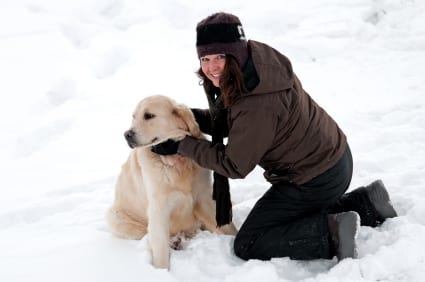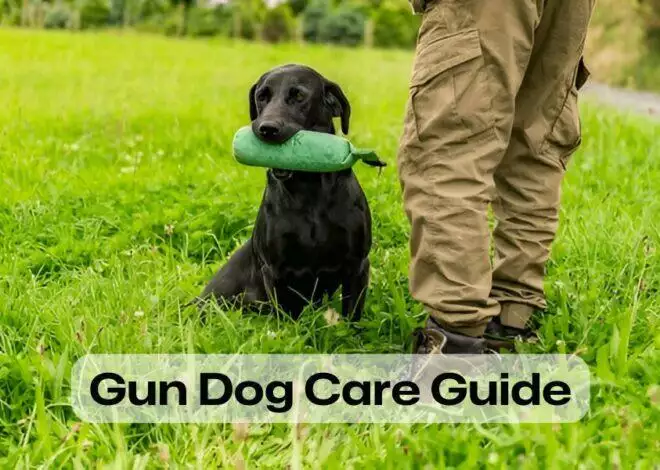As a winter storm hits the east coast, more and more people are left wondering how to protect their precious pets from the snow, ice, sleet and cold weather. Here are some pet-friendly tips from the Red Cross and the Humane Society of the United States.
Bring your pets inside a sheltered area during cold weather, even if they are normally outdoor pets. Make sure they have access to non-frozen drinking water. A heated dog bowl can prevent this from happening.
If pets cannot be brought indoors, provide them with a dry, draft-free enclosure big enough so they have room to sit and lie down but small enough to hold in their body heat. Raise the floor of the enclosure and cover it with straw or cedar shavings for dryness and warmth. Put a waterproof burlap sack or heavy plastic on top of the enclosure to keep moisture out.
Dress your pet appropriately. While some dog breeds, such as Huskies, are better suited for cold weather, short-haired dogs may need an extra coat or sweater, especially when they are being walked outdoors. Remember, dogs can get frostbite too.
Check your pet’s paws. Salt and other chemicals used to melt snow and ice can irritate their paws. Wipe their paws with a damp towel after every trip outdoors.
Beware of coolant and antifreeze that can spill in the garage or on the street. While pets like the taste, it is lethal.
Try to keep an eye on your pet when they are outdoors so that they do not eat snow or anything off the ground. Dangerous chemicals in the snow can cause irritation, and eating snow may cause hypothermia.
If you are using an indoor or outdoor fireplace, keep a safety guard around it to make sure your pet stays away from the flames and soot.
Outdoor cats tend to climb under the hoods of cars for warmth, so before you start the engine, bang loudly on the car’s hood to give a cat the chance to get away.
If you suspect your pet has hypothermia, has ingested antifreeze or notice any abnormal behavior, go to a vet immediately.





